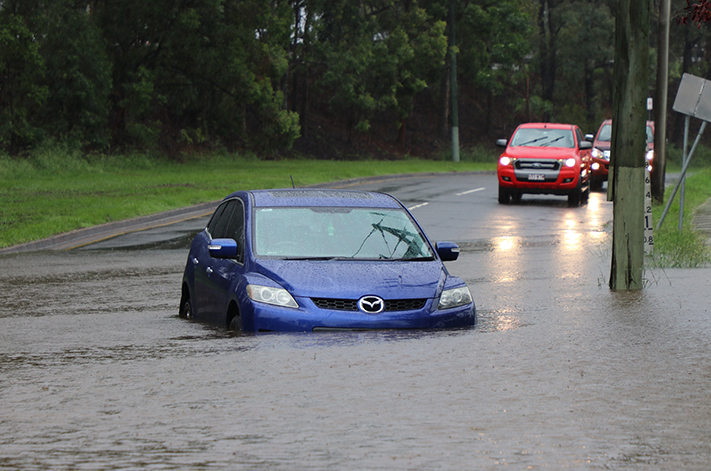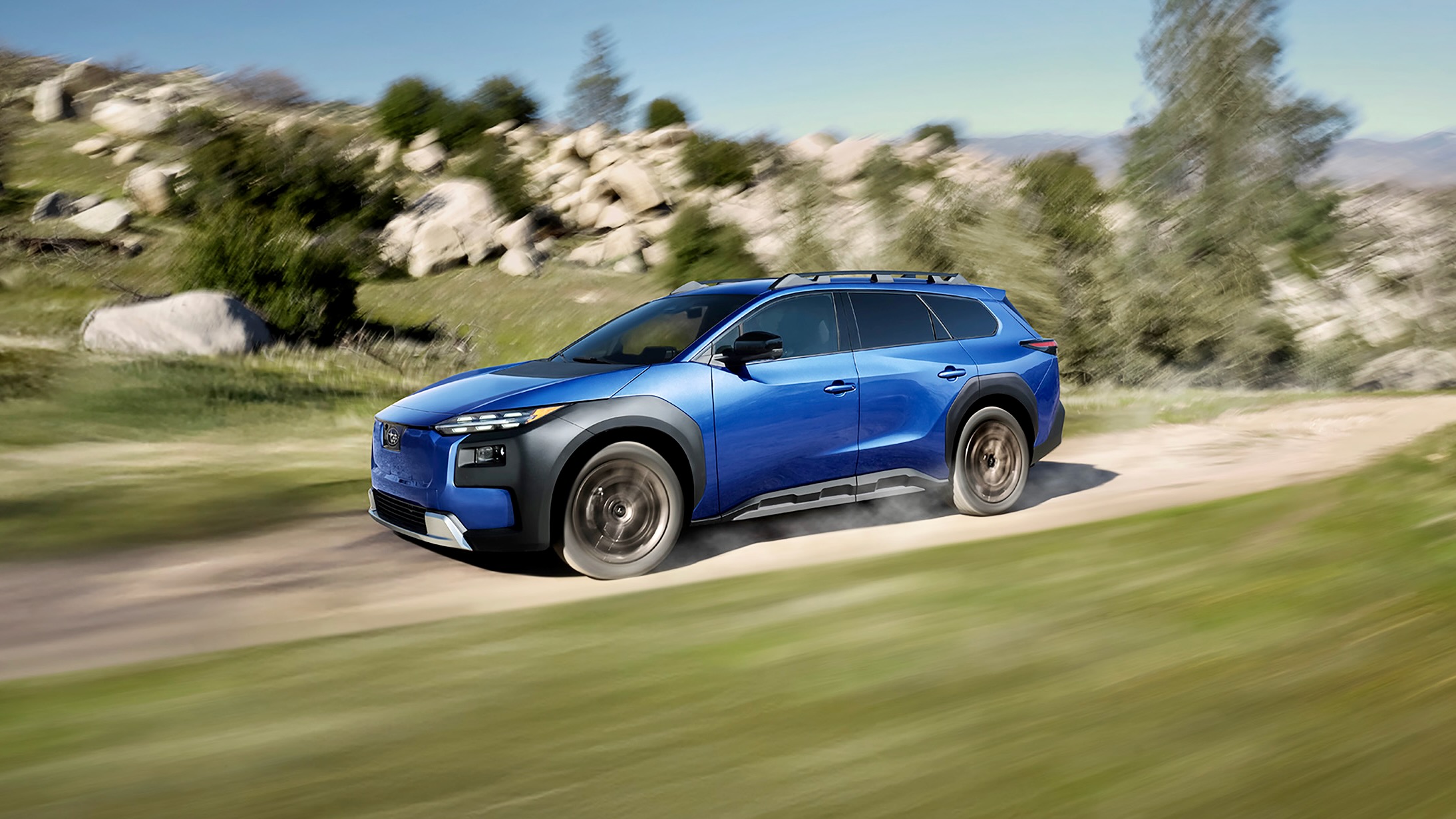Snapshot
- Vehicle submergence to become part of testing
- More assessment of Child Presence Detection
- Changes coming from 2023
Upcoming changes to ANCAP’s safety criteria from 2023 will include floodwater testing and assessing alert systems that detect when a child has been left in a car.
Updated every two years, the next protocols from the Australasian New Car Assessment Program (ANCAP) will come into effect from January 2023.
As part of the upgraded tests, ANCAP will encourage carmakers to equip vehicles with systems which allow the car windows and doors to remain functional and able to be opened despite it entering flood waters or other body of water.
‘Child Presence Detection’ will also be used to assess systems that can notice when a child has been left alone in a car and alert the driver, while new car-to-motorcycle tests will look at how a vehicle’s autonomous emergency braking (AEB) and lane support systems (LSS) detect and respond to motorbikes.
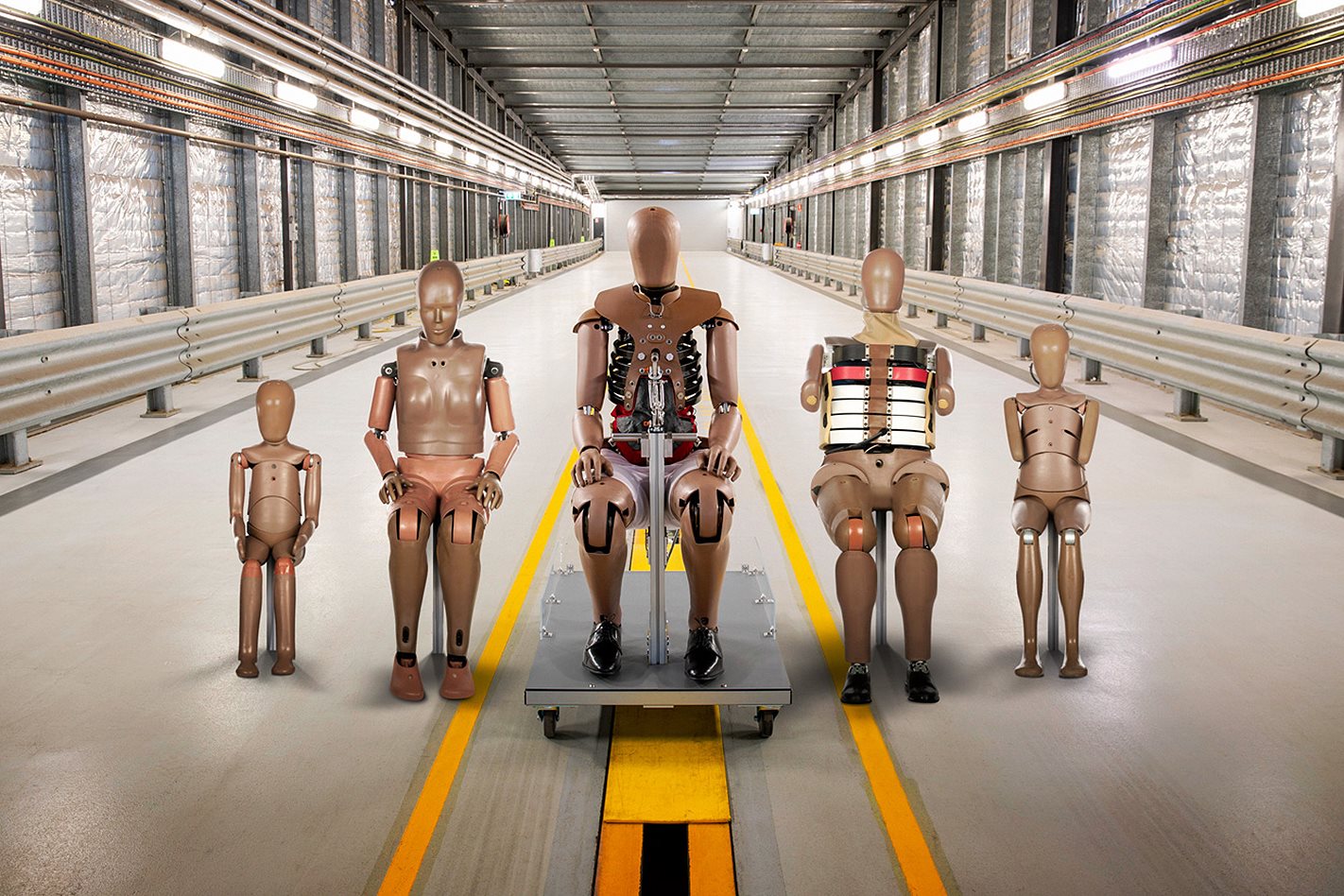
“Traditional vehicle safety has focussed on vehicle crashworthiness – how the structure of a car protects its occupants – but today our view of vehicle safety is much more holistic,” ANCAP CEO Carla Hoorweg told Wheels.
“Our requirements now encourage the standard fitment of crash avoidance technologies and features which assist and protects vehicle occupants, other road users and emergency services teams.”
Vehicle submergence criteria is being introduced as an extension to ANCAP’s post-crash rescue protocols, which assist first responders in rescuing occupants when a car becomes trapped in floodwaters.
According to the safety authority, points will be awarded in the Adult Occupant Protection category to manufacturers which equip vehicles with submergence countermeasures.
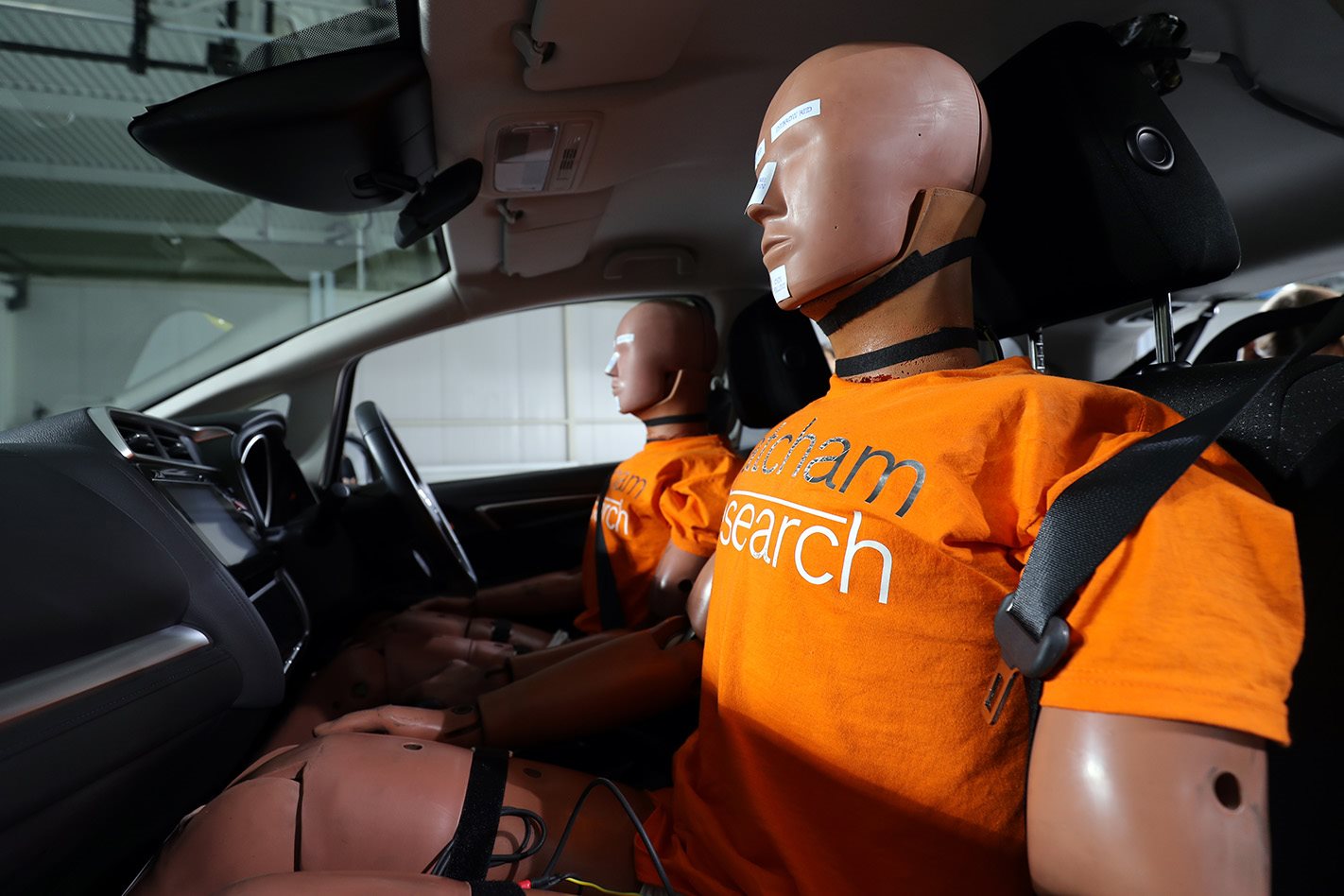
Tests will mean carmakers need to provide evidence to show a vehicle’s doors can be opened from the inside and outside without power and the windows can be operated for up to 10 minutes after a vehicle goes underwater. If it can’t, the manufacturer must provide a method for occupants to open or break a side window to be able to exit in an emergency – which must be outlined in the owner’s manual.
“Post-crash response is a critical element in ensuring survivability. Submergence systems require the vehicle’s electronic systems to remain operable once submerged, so that car doors and windows can be opened,” Hoorweg added.
“While it is important never to deliberately enter flood waters in your vehicle, recent flooding events have again reminded us that flooding can unexpectedly take a vehicle and its occupants.”
Major flooding in February caused a significant spike in motor vehicle claims, with more than 22,500 claims related to the events in south Queensland and New South Wales filed by March.
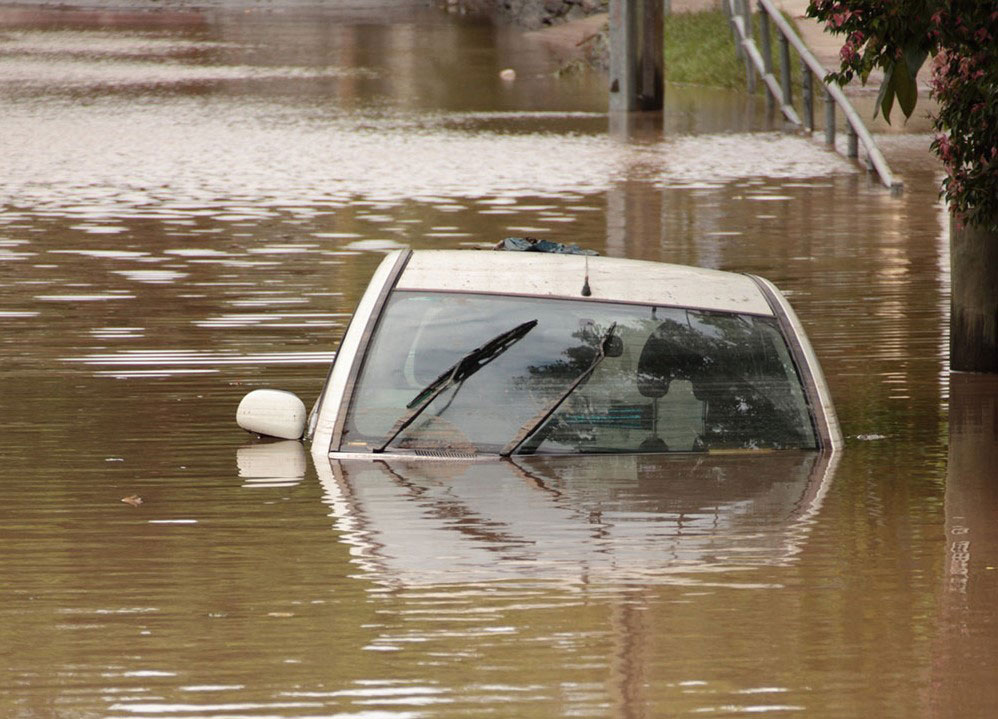
Another new aspect to ANCAP’s star rating regime from 2023 will include an assessment of child presence detection systems, which will need to monitor the rear seats and doors and notify the driver or emergency services of a child that may have inadvertently been left in a locked car.
These alerts may be through visual or audible warnings, such as through the vehicle’s infotainment system, a honk of the horn, a notification or alert to an app on the driver’s mobile phone, or an ‘eCall’ to emergency services.
More advanced systems may also have the ability to automatically open the windows of the vehicle or activate its air-conditioning system. While some vehicles use door opening or weight to detect a person or object, some more advanced CPD systems may have the ability to detect the presence of an actual human inside by tracking heartbeat, respiration, movement, or any other sign of life.
“CPD monitors the rear seats to notify the driver of a child that may have inadvertently been left in a locked car,” Hoorweg said. “In more advanced systems this includes an audible alert if movement is detected in the second row seats after the ignition has been turned off and the car locked.”
We recommend
-
 Advice
AdviceANCAP crash testing explained
We unpick the ANCAP Safety Rating and find out how it's assessed and why it’s so important
-
 News
NewsANCAP to change star rating system
New proposals could shake up the crash test system Down Under
-
 News
NewsVIDEO: Lamborghini driven through flood
Californian wades Gallardo through flood waters


